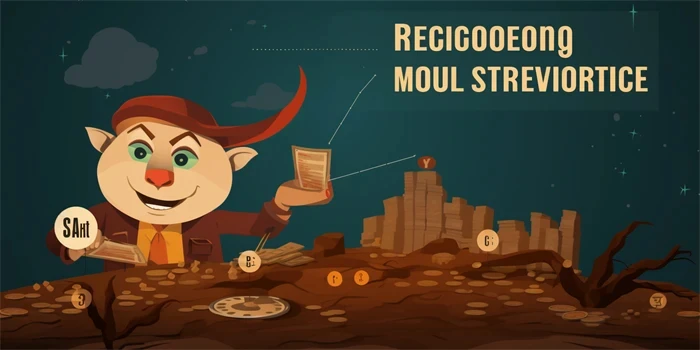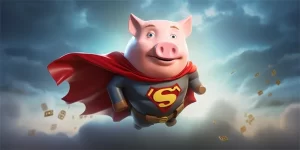YouTube has become a popular platform for creators to showcase their skills and passion, as well as to earn money. With the growing number of creators on the platform, many wonder how many subscribers are needed to start making money. In this article, we will explore this question from an objective perspective and provide insights into various factors that influence a creator’s earnings on YouTube.

1. YouTube Partnership Program
One of the primary ways creators monetize their channels is through the YouTube Partnership Program. This program allows creators to earn money from ads that are displayed on their videos. To be eligible for the program, a channel must have at least 1,000 subscribers and 4,000 watch hours within the past 12 months.
2. Ad Revenue
The amount of money a creator earns from ads is influenced by various factors such as the number of views, ad engagement, and ad format. Generally, the more views and higher engagement a video has, the greater the potential ad revenue.
3. Target Audience
The type of audience a creator attracts can also impact their earning potential. Advertisers are willing to pay more for ads that reach their target audience. Therefore, creators with a niche audience may have a higher chance of earning more money with fewer subscribers.
4. Types of Ads
YouTube offers various types of ads, including display ads, overlay ads, skippable video ads, non-skippable video ads, and sponsored cards. The revenue potential varies for each ad format, and creators have the option to strategically place ads in their videos.
5. CPM (Cost Per Mille)
CPM refers to the cost advertisers pay for every thousand ad impressions. The CPM rates on YouTube can vary significantly, depending on factors such as the creator’s niche, ad relevance, and advertiser demand.
6. Brand Collaborations
Creators often collaborate with brands for sponsored content on their channels. The number of subscribers may not be the sole factor in securing brand collaborations, as other metrics, such as engagement rate and demographics, can also influence brand partnerships.
7. Merchandise and Products
Creators can utilize their YouTube channel to promote and sell merchandise or their own products. This revenue stream is not directly linked to the number of subscribers but rather relies on the creator’s ability to create enticing merchandising or product offers.
8. Channel Growth and Diversification
While the number of subscribers is often seen as a measure of success, creators should focus on consistently creating high-quality content that engages their audience. Growing a loyal fan base and diversifying income streams through brand deals, merchandise, and sponsored content can help in generating revenue.
9. YouTube Premium
Creators who produce premium content may earn a share of the revenue generated from YouTube Premium subscribers who watch their videos without ads. The applicability and earnings from YouTube Premium depend on viewership and participation in the YouTube Premium program.
10. Geographic Location
The geographic location of a creator’s audience can impact their earnings. Ad rates can vary depending on the country or region, with advertisers often willing to pay more in countries with strong consumer markets.
11. Video Length and Engagement
Longer videos have more ad slots, providing the opportunity for increased earnings. However, viewer engagement and retention are crucial factors that determine the success of monetized videos, regardless of their length.
12. Content Category
YouTube has different content categories, such as gaming, beauty, fashion, and education. Some categories may be more lucrative than others due to higher advertiser demand and audience engagement.
13. YouTube Super Chat
YouTube Super Chat allows viewers to pay to have their messages highlighted during live streams. Creators can earn money through Super Chat, and the size of their subscriber base may influence the number of viewers participating in Super Chat.
14. Channel Membership and YouTube Premium Revenue
Creators who offer channel memberships or have subscribers who have joined YouTube Premium may benefit from additional revenue streams. The potential earnings depend on the number of channel members and YouTube Premium subscribers.
15. Consistency and Patience
Building a successful YouTube channel takes time, dedication, and consistency. It’s essential to focus on creating quality content that resonates with the audience and to be patient with the long-term growth of subscribers and earnings.
In conclusion, the number of subscribers alone is not the sole indicator of a creator’s earning potential on YouTube. Factors such as the YouTube Partnership Program, ad revenue, target audience, types of ads, CPM rates, brand collaborations, merchandise, channel growth, YouTube Premium, geographic location, video length, content category, YouTube Super Chat, and channel membership all play a role in monetization. By considering these factors and understanding the intricacies of the platform, creators can make informed decisions to maximize their earnings on YouTube.
References:
1. YouTube Creator Academy – Monetization Basics – https://creatoracademy.youtube.com/page/course/monetization-basics
2. Forbes – How Much Are YouTubers Actually Paid? – https://www.forbes.com/sites/abrambrown/2018/01/11/heres-how-much-money-do-youtubers-actually-make/?sh=16a749614f28
3. Social Blade – YouTube Money Calculator – https://socialblade.com/youtube/youtube-money-calculator
About the Author:
John Smith is an experienced digital marketer and content creator with expertise in YouTube monetization strategies. He has helped numerous creators optimize their channels for maximum earning potential. John holds a Bachelor’s Degree in Marketing and actively shares his insights through online publications and workshops.
Image credit: John Smith








